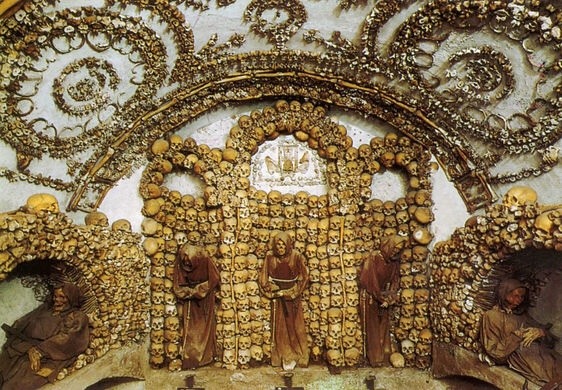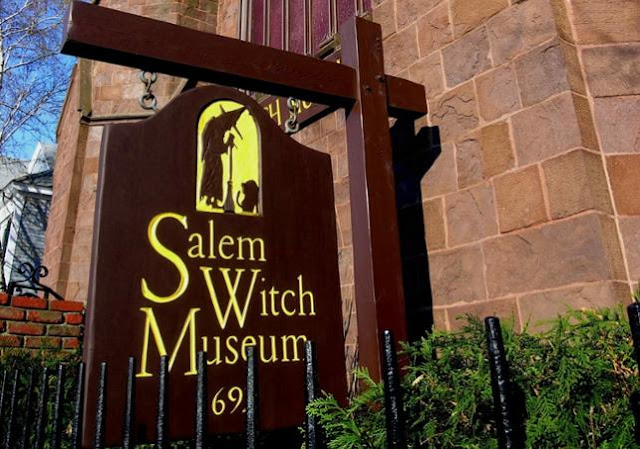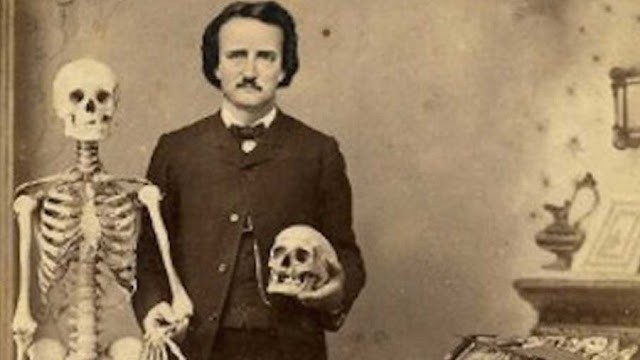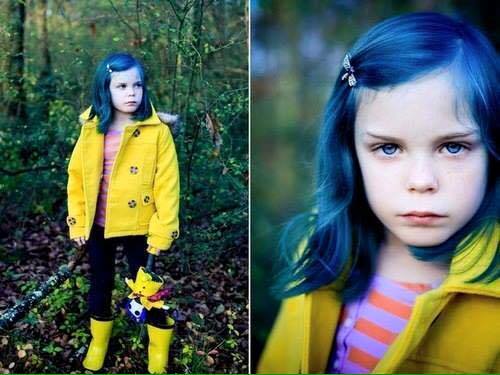Chernobyl is today an earthly paradise
Chernobyl, as impossible as it may sound, is today one of the most biodiverse natural oases on the planet: it is, literally, an earthly paradise. Peter Hayden, a New Zealand documentary maker, entered the contaminated area in 2007, where a single human hasn't lived since 1986, and told the story of a three-year-old cat and her kittens, of a young lone wolf who finally finds her his companion, of two bear cubs exploring the abandoned houses ... and then deer and wild horses, eagles and wild boars, moose and owls, beavers and lynxes, multi-colored insects and lush vegetation. Three years ago a National Geographic correspondent made a similar trip and told with equal wonder the explosion of animal life around the plant that still emits radiation. How is it possible?
The disappearance of man has meant the disappearance of pesticides, exhaust gases and any other form of pollution, as well as hunters and cars, drastically improving the quality of the environment and life opportunities within a few years . And this explains the impetuous repopulation of wildlife, except for one detail: radioactivity. Scholars have no certain explanation, but the most likely hypothesis is that the life expectancy of the animals is too short to allow the development of cancer cells; in addition, the animals reproduce much more quickly than we do and therefore, in the absence of anthropic pressure, they restore without difficulty the balance possibly affected by premature deaths. Finally, no significant genetic mutations were detected, except a bird's plumage and little else.
It seems to me that this story contains more than one teaching. To begin with, delete once and for all the apocalyptic images related to the nuclear disaster: instead of a desert where just beetles survive, as science fiction films and expert reports have taught us, the post-atomic landscape is instead a copy of the Garden of Eden before God created us. Or, put another way: humans peacefully intent on their daily lives are more dangerous by the nature of the simultaneous explosion of 200 Hiroshima bombs (this was the power of Chernobyl). And yet, for a tragic retaliation, they are also the only victims of the accident: we are, in fact, the only living beings who cannot live in Chernobyl, because we would die of cancer and we would not be able to reproduce quickly enough to avoid extinction . And here too there is a teaching: as we move away from the natural state, our individual conditions improve (to say, we live twice as much as our chimpanzee cousins), but our chances of survival outside the technological sphere in which they deteriorate we are immersed from birth (indeed, from conception). The nuclear apocalypse, which is the fearful reversal of our unbridled Promethean ambition to command the universe, is not an apocalypse at all: at most it is the extinction of a species. Our.
Here is in my opinion the last and most important teaching of Chernobyl animals and plants: we humans do not have all this power, we are not so important. We humans are not the lords of the Earth nor the masters of nature, and for how many disasters we can combine, we remain insignificant and marginal. We can do a lot of harm to ourselves, yes: but even the explosion of a nuclear power plant cannot erase nature. On the contrary, it makes it infinitely richer and more lush. So let's stop wanting to save the planet: it is ourselves that we may have to save.
The disappearance of man has meant the disappearance of pesticides, exhaust gases and any other form of pollution, as well as hunters and cars, drastically improving the quality of the environment and life opportunities within a few years . And this explains the impetuous repopulation of wildlife, except for one detail: radioactivity. Scholars have no certain explanation, but the most likely hypothesis is that the life expectancy of the animals is too short to allow the development of cancer cells; in addition, the animals reproduce much more quickly than we do and therefore, in the absence of anthropic pressure, they restore without difficulty the balance possibly affected by premature deaths. Finally, no significant genetic mutations were detected, except a bird's plumage and little else.
It seems to me that this story contains more than one teaching. To begin with, delete once and for all the apocalyptic images related to the nuclear disaster: instead of a desert where just beetles survive, as science fiction films and expert reports have taught us, the post-atomic landscape is instead a copy of the Garden of Eden before God created us. Or, put another way: humans peacefully intent on their daily lives are more dangerous by the nature of the simultaneous explosion of 200 Hiroshima bombs (this was the power of Chernobyl). And yet, for a tragic retaliation, they are also the only victims of the accident: we are, in fact, the only living beings who cannot live in Chernobyl, because we would die of cancer and we would not be able to reproduce quickly enough to avoid extinction . And here too there is a teaching: as we move away from the natural state, our individual conditions improve (to say, we live twice as much as our chimpanzee cousins), but our chances of survival outside the technological sphere in which they deteriorate we are immersed from birth (indeed, from conception). The nuclear apocalypse, which is the fearful reversal of our unbridled Promethean ambition to command the universe, is not an apocalypse at all: at most it is the extinction of a species. Our.
Here is in my opinion the last and most important teaching of Chernobyl animals and plants: we humans do not have all this power, we are not so important. We humans are not the lords of the Earth nor the masters of nature, and for how many disasters we can combine, we remain insignificant and marginal. We can do a lot of harm to ourselves, yes: but even the explosion of a nuclear power plant cannot erase nature. On the contrary, it makes it infinitely richer and more lush. So let's stop wanting to save the planet: it is ourselves that we may have to save.














